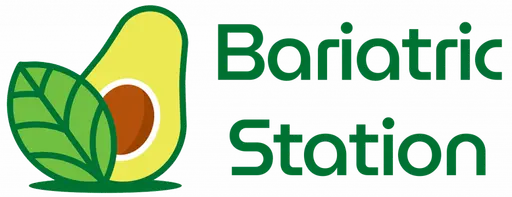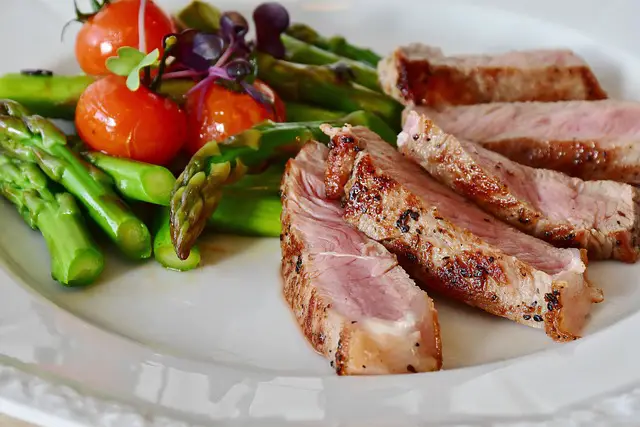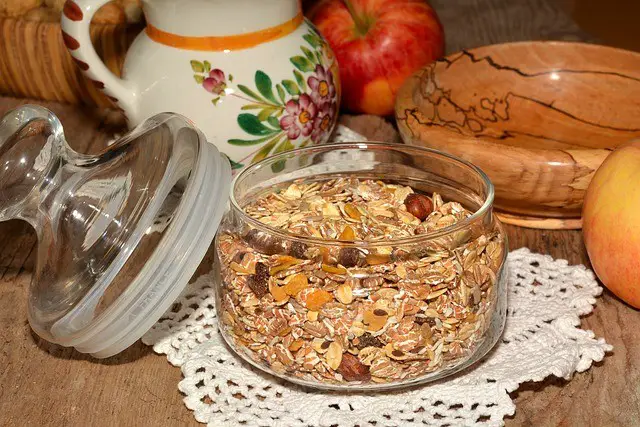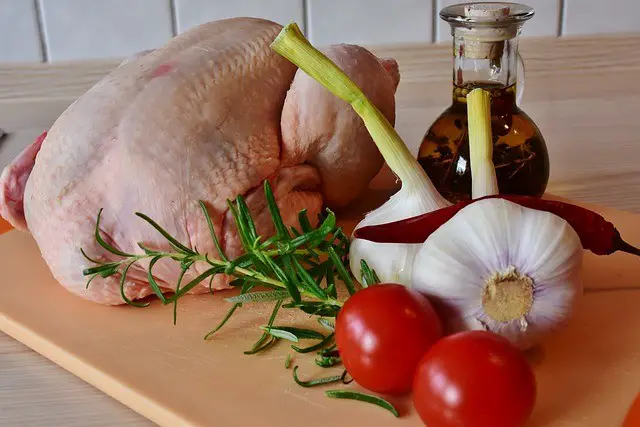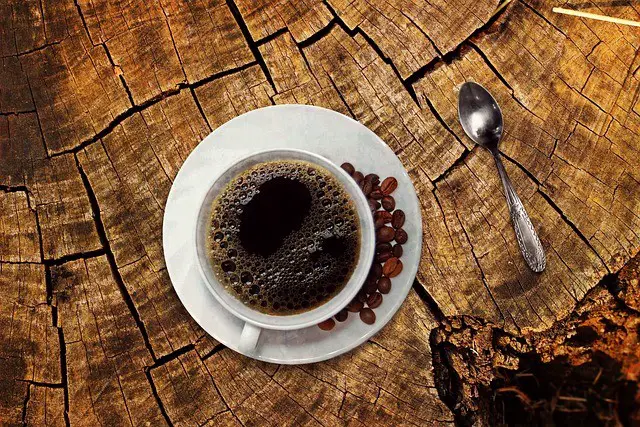There have been so many diets that have come up with the hope of achieving different health goals. Whether your goal is weight loss, blood sugar regulation, or cholesterol regulation, the balance of all macronutrients is key. Completely removing a macronutrient from your diet is wrong and could lead to micronutrient deficiencies.
Since we are always aiming to educate, we will take a look at the meat and green diet today. From this piece, you will learn what it is, which foods you can eat while on this diet, why you should eat your greens with meat, and what results to expect on this diet.
Meat and Green Diet
Have you tried the meat and green diet? What is it? As the name implies, it entails eliminating foods from other food groups and only eating lean meats and vegetables. However, what is the origin of this diet?
How did the Meat and Greens Diet Come to Be?
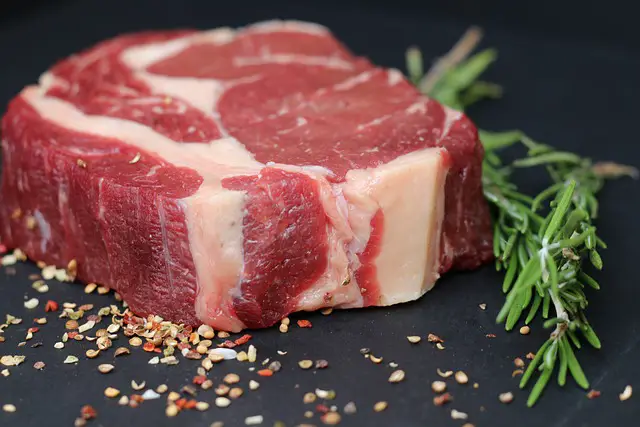
This diet is a modification to the carnivore diet. The carnivore diet is an all-meat and meat-based diet. Humans had been on this diet for hundreds of years before the agrarian revolution when we started growing plants for food.
Many scientists have studied the carnivore diet and its health benefits on the body. On this diet, you will consume almost zero carbs. One of the popular names that studied this diet is Shawn Baker, an orthopedic doctor. He found the diet to be beneficial in treating arthritis, obesity, diabetes, and other chronic diseases.
It’s weird how something we were doing over 10,000 years ago never caught our attention until the era of influencers. If you’re one of Joe Rogan’s 8.5 million Instagram followers, you know what I am talking about. Rogan having been influenced by Jordan Peterson, tried the carnivore diet for 30 days. His results were what made the carnivore diet break the internet in this day and age.
This celebrity only ate two meals a day, his first meal at noon and dinner. He took supplements to obtain the nutrients he was missing by omitting plant-based foods from his diet. Rogan reported losing 12 pounds and had an increased energy level on this diet. According to him, the only downside to this diet is the gastrointestinal distress he experienced like diarrhea.
Most individuals on this all-meat diet only consume animal products and do not take any supplements. Experts do not recommend this extreme diet. Why?
Why Carnivore Diet is Bad
Eating only lean protein from animals will have you missing out on nutrients from plant foods. The particular nutrient deficiencies you may suffer from include fiber, calcium, vitamin D, potassium, vitamin C, and magnesium.
This is because these micronutrients are abundant in plant foods and may be difficult to meet their daily recommended intake from meat consumption only. Dietary fiber is important for digestion to prevent constipation and regulation of blood cholesterol.
Vitamin D and calcium are essential nutrients for building strong bones and teeth. Magnesium is necessary for bone and teeth formation, muscle and nerve function and plays a role in energy production and storage. Nutrient deficiencies can lead to adverse health effects on the body.
In addition to this, consuming high amounts of animal protein rich in saturated fats without adding any vegetables increase your risk of chronic diseases. If you’re not careful what type of meat you eat on a meat-only diet, and you only focus on processed meats or red meat, you are increasing your risk of heart disease. So if you do try this diet, go for fish, chicken and seafood with the good kind of fat to reduce risks of diseases.
Most people on meat-only diet programs will argue that the diet is beneficial because of the increased energy levels experienced on this diet. I can argue that the calories you get from carbohydrates, proteins, and fats will provide you with energy.
If you lose weight on any restrictive diet, you will experience an energy boost. So, the high energy levels were not due to eating meats only, but because of weight loss. The body’s preferred source of energy is carbohydrates. Therefore, restricting carbohydrates, especially the refined kinds will help you lose weight fastest, increasing your energy levels more.
Low-carb diets like the ketogenic diet, paleo diet, and Atkins diet are a better choice over the carnivore diet. These will not only boost your energy levels and promote weight loss but will also improve symptoms of neurodegenerative diseases, regulate cholesterol levels, and will be good for your gut.
Carnivore Diet Food List
Your carnivore diet plan consists of red meats especially fatty meats to increase caloric intake. Fat provides the body with the most calories, so high fat intake on this diet will help you meet your calorie demands.
The food list is as follows:
- Beef
- Organ meats
- Lamb
- Bone marrow
- Bone broth
- Fish
- Eggs
- Poultry
- Lad
- Salt
- Pepper
- Water
- Dairy products like butter and ghee
- Sauces and gravies from meat are produced without binders like flour and bread.
Because these foods are from animals, the less restrictive variations of the carnivore diet allow you to eat them. They include:
- Milk
- Cheese
- Yogurt
- Teas
- Coffee
Which foods are prohibited on the carnivore diet food list? On this diet, you cannot eat:
- Fresh fruits
- Any kind of vegetables
- Nuts and seeds
- Legumes
- Whole grains and grain products
- Alcohol
- Pasta
- Vegetable oils
If it is not from an animal, you can’t have it. From this list, you can see that this elimination diet misses out on some nutrients making it inadequate, and won’t count as a balanced diet.
Carnivore Diet Results 30 Days

You can benefit from the carnivore diet if you focus on the kind of meat you consume. What will happen if you consume only lean meat, with no fruits, vegetables, or carbohydrates? Within 30 days of consuming this diet, you will start seeing results. Your body undergoes many changes within this time. These include:
Gluconeogenesis
When your body is deprived of glucose, it will start breaking down proteins to produce amino acids. These amino acids are used to make glucose, your body’s preferred energy source. This process is known as gluconeogenesis.
A high-protein diet delays ketosis because proteins will be metabolized to make glucose before fats are used. This happens on the first 4 days.
Ketosis
Your body is missing its preferred source of energy. As long as you are not on high-carb diets or consuming high-carb foods like starchy vegetables and grain products, your blood glucose levels will be low.
Fat is the body’s secondary energy source, so once glucose is missing for a couple of days, it will turn into fats. Since your body is not used to using fats, you will experience fatigue, headache, weakness, and mental fog. This is the keto flu. Once your body is fat-adapted, these symptoms subside. It will take about a week for you to go back to your normal state.
Ketosis acts as a diuretic. You will begin losing excess water due to increased ketone levels. Moreover, water loss is also attributed to lower water demands for carb metabolism.
Increased Fat Burning
On the 12th day of your diet, fat loss from stored fat begins. You may start noticing clothes are a loose fit. You are also better from the keto flu.
Better Brain Function
Ketones are the body’s preferred source of energy. Increased fat production will increase ketone production. This leads to better cognitive and brain function. You will notice you are more alert, your memory is better, and your mood’s better.
You will also notice that you are hungry less often and the cravings reduce. An increase in ketone levels lowers the production of ghrelin, the hunger hormone, and promotes the production of the satiety hormone, leptin.
Rapid Weight Loss
After two weeks on the diet, you will notice rapid weight loss as your body continues burning fat for energy.
Weight Loss Plateau
You’ve been on the meat-only for more than two weeks and your body is used to using fat for energy. Your liver picks up the pace and is making much of the glucose you need.
As the days progress, you start noticing a reduction in the amount of weight you are experiencing. There’s a lower rate of weight loss because the body lowers metabolism to meet the calorie deficit.
Consider an egg fast at this point for 2 to 3 days to help fasten the rate of fat oxidation at this point.
Reduced Weight Loss
After 30 days, you may not experience significant weight loss, but you have better control of your cravings and appetite.
So here are the pros of the carnivore diet from the results observed:
Pros of the Meat-only Diet
- Eliminates low-beneficial foods like pastries, baked products, sodas, and high-carb foods.
- Can help with blood sugar regulation because high-carb foods are off the table.
- Promote weight loss by reducing hunger and increasing satiety.
Cons of the Carnivore Diet
Here’s why you shouldn’t do the meat-only diet:
- Increased risks of nutrient deficiencies.
- Increases the risk of gastrointestinal issues like constipation because it is lacking in fiber.
- A high intake of meat increases the risk of gastric cancer.
- Extreme food restrictions can lead to eating disorders like binge eating or anorexia nervosa.
- Increase risks of cardiovascular diseases. Your saturated fat, cholesterol, and sodium intake are too high on this diet. Consuming excess saturated fat from red and processed meats can lead to atherosclerosis. Most of these meats are high in sodium, which when consumed in excess leads to an increased risk of hypertension and kidney diseases.
Carnivore Diet Side Effects
You may experience one of the following side effects of the carnivore diet. Some of these symptoms are short-term and may subside after a while. They include:
- Diarrhea due to dramatically increasing fat intake. It can also be due to microbiome reset due to a lower intake of fiber, a prebiotic.
- Constipation due to inadequate fiber intake.
- Nausea due to loss of fluids thanks to ketosis. It could also be due to the alteration of gut microbiota.
- Increased sugar cravings
- Leg cramps due to mineral and electrolyte imbalances on ketosis.
- Bad breath thanks to increased ketone levels.
- Increased pulse rate.
Due to what the carnivore diet was lacking, the meat and greens diet was born. It is simply a keto carnivore diet or the keto high-protein diet.
What Can I Eat on A Meat and Vegetable Diet?
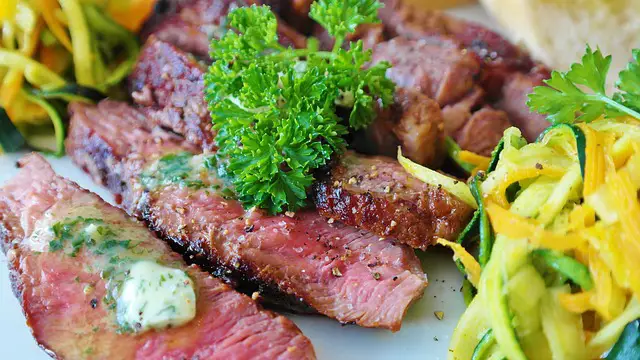
The Keto Carnivore diet is simple. In addition to what was allowed on the regular carnivore diet, you can eat non-starchy vegetables like leafy greens, cauliflowers, broccoli, asparagus, bell peppers, and artichokes. For oils, you can use either grass-fed butter or olive oil to increase fat intake.
Why should you add greens to your carnivore diet?
- To increase intake of antioxidants that lower risks of chronic diseases.
- To increase fiber intake which helps with digestion and managing cholesterol levels.
- To lower risks of potassium deficiency.
Who Should Not Eat the Carnivore Diet?
The carnivore diet is not for everyone. If you have an illness or condition that requires you to lower your protein intake, then keep off this diet. Individuals with chronic kidney disease are not candidates for this diet.
Others who should avoid this diet include:
- Cholesterol hyper-responders
- Children
- Pregnant and lactating women
- Individuals with eating disorders
- People with cardiovascular disease or at risk of developing one
How Long Can You Stay on a Carnivore Diet
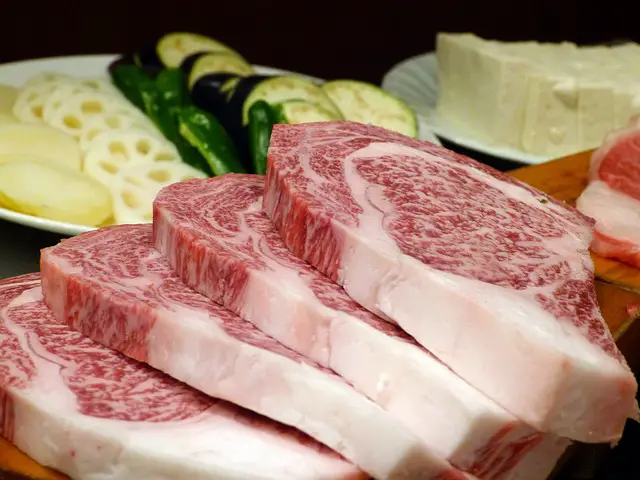
You can survive on a carnivore diet, although, there are nutrients you will be missing out on. Most people can sustain the carnivore diet for months or years before developing any health complications. Your age, health status, activity levels, and nutrient requirements play a key role in determining how long you stay on this diet.
If you plan to be on this diet for the long term, do it under the strict supervision of your healthcare provider. Ensure to supplement your micronutrients so as to reduce risks of micronutrient deficiencies. Most importantly, avoid processed or red meats, and go for the lean kind with healthy fats that will not raise your bad cholesterol.
Which is Better Vegetarian or Carnivore?
This depends on your health goals. The answer also depends on the individual. According to most nutrition experts, vegetarian diets are seen to be superior because those who consume them have lower low-density lipoprotein levels, better body composition, lower risks of developing chronic diseases, and lower rates and risks of hypertension.
If your goal is weight loss and blood sugar regulation, low-carb diets promote the intake of more animal products and few plant foods. If you are focused on only shedding a few pounds, the keto carnivore diet is a good alternative.
Bottom Line
The carnivore diet had its shortcomings hence why the meat and green diet was developed. It is rich in fiber and other essential nutrients that miss in the carnivore diet. If you choose this diet, speak to a health coach to get accurate information on how to go about it.
Would you try a meat and green diet? What goal would lead you to this decision? If you have any questions or additional information on today’s topic, the comment section is the place to go!
